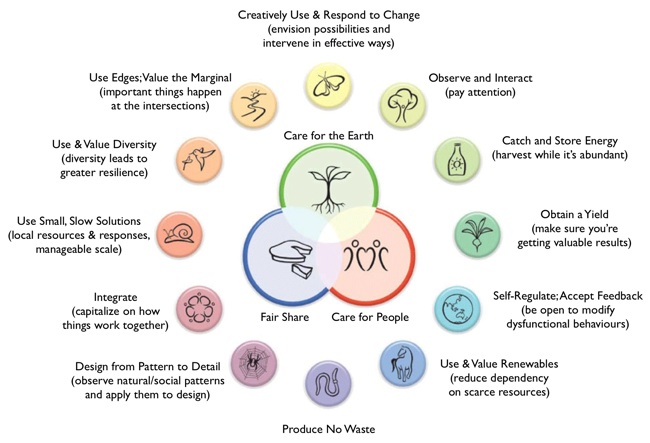Largely, people in other countries don’t have yards at all.
In the United States, most communities have zoning ordinances that require houses to have large front yards. Oddly enough, the main reason for this is lawns. Frederick Law Olmsted, best known as the designer of Central Park in New York, believed that suburban homes should have large front lawns to create the impression that the homeowners all lived in a common park. Since the mid-1800s, his vision has been copied across the country.
As well as being set back from the street, American houses also tend to sit on relatively large properties. In other countries, urban lots are smaller. This allows for dense development that keeps communities walkable, instead of being dependent on cars.
Within their lots, houses in most foreign cities are set close to the street. This puts a higher percentage of the property behind the house, where homeowners can enjoy a roomy, private backyard.
For the most part, these backyards do not contain lawns. Instead, they’re likely to feature flowers or vegetable gardens, as well as offering something for wildlife. In the UK, about half of households put out food for birds, one in five offer a nesting box, and 16% have a pond in their yard.
When homeowners in other countries do have a lawn, they’re very different from lawns in the US. In Paris, the average lawn includes nine different plant species – about eight of them native to the area – and is mowed only four to six times a year.
Gardeners in other countries also forego formal hedges, when straight lines would hurt wildlife. In Stockholm, Sweden, caretakers of allotment gardens – similar to community gardens in the US – typically leave hedges untrimmed when birds are nesting in them.
While the American lawn is derived from grand estates in 1700s Europe, today most people around the world consider lawns to be a special feature for noteworthy properties, such as Parliament houses and historic buildings. Few countries see lawns as appropriate for residential yards.
